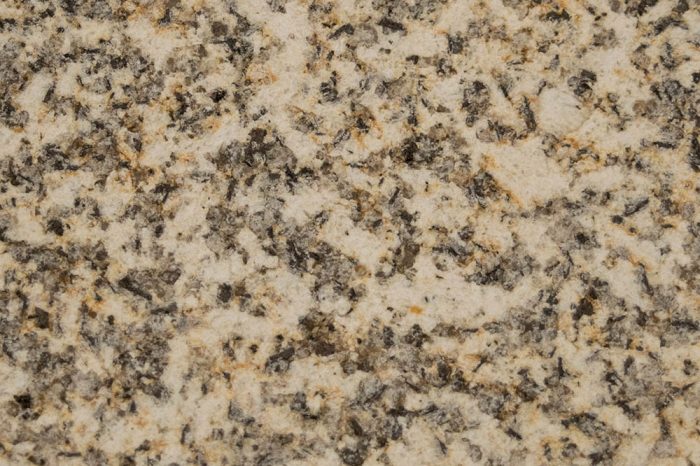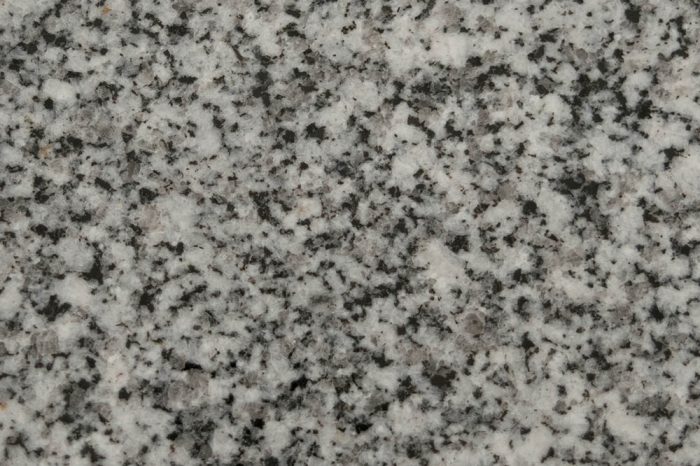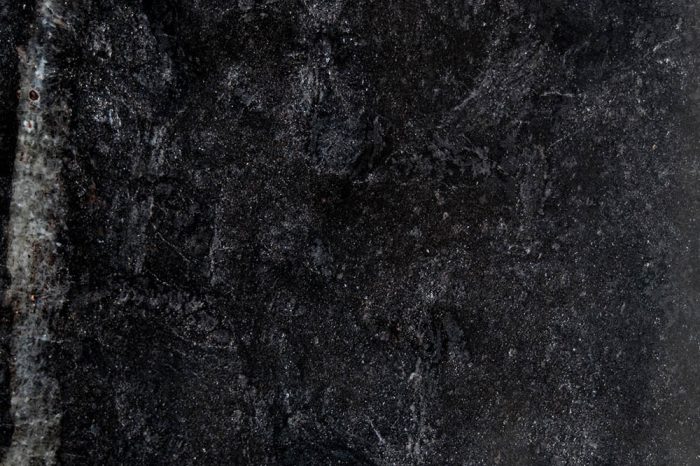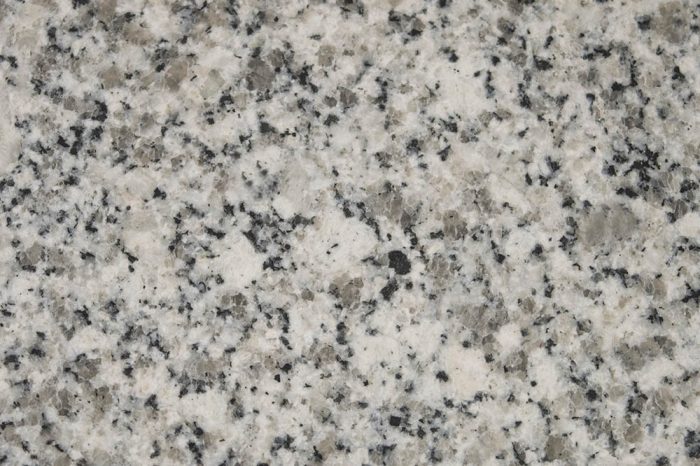Zimbabwe
Zimbabwe
As the name says, it is from Zimbabwe. Dark black pigment. It adds glamour and makes a minimalist place seen in today’s perspective. For ex. you can associate a different object that will mark more contrast. Always in kitchens around the world, granite stands out from other types of stone because it has a massive structure with low absorption and porosity. In the case of Zimbabwe granite, it integrates a homogeneous compact grain with black pigmentation. Suitable for any type of surface as well as decorative elements, granite is one of the most coveted types of stone in terms of durability. Granite is an igneous plutonic rock that forms when magma (molten aluminium) slowly cools to great depths in the earth’s crust, making it very hard. This then causes granite to have a high breaking strength.
Finishings
Sandblasted
Blasting silica sand against the material through an air gun and generates very small craters.
Leather
Brushing the slab with a range of brushes and the result is a slightly undulating surface, very soft, warm and smooth to the touch.
Polished
Abrasive treatments with repeated applications result in a shiny surface, highlights the colour and properties of the natural stone.
Bushammered
Hitting the material, with a masonry tool called a bush hammer, that generates uniformly distributed craters of different sizes over the surface of natural stone.
Brushed
Abrasive brushes under high pressure generate a touch-sensitive and smooth surface of natural stone.
Scratched
Scratched finish is applied so that the surface exhibits a texture with straight reliefs and natural colours.
Flamed
Exposing the surface of the stone directly to a high-temperature flame that generates a thin roughness.
Honed
A honed finish refers to any level that is less than
polished and therefore the surface is smooth but dull
or slightly reflective.
Sawn
Rough and irregular surface with small furrows and undulations in a mate tone.
Recomended use
Internal Flooring
External Flooring
Internal Coverings
![]()
External Coverings
Masonry
Related





